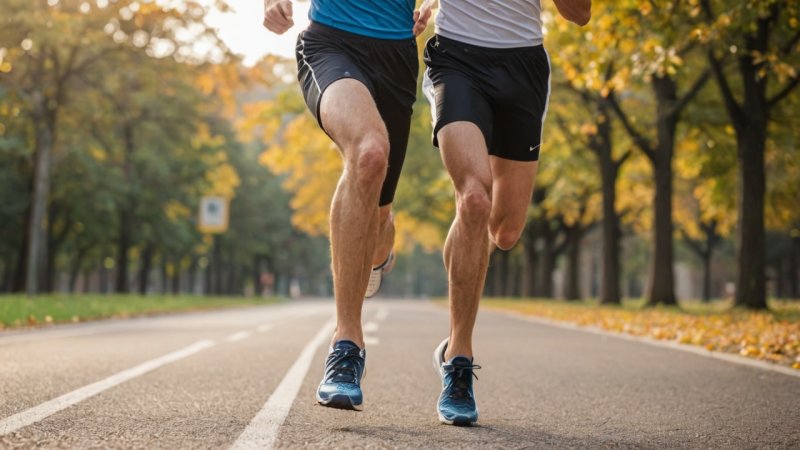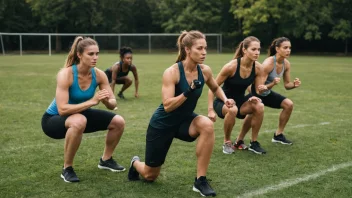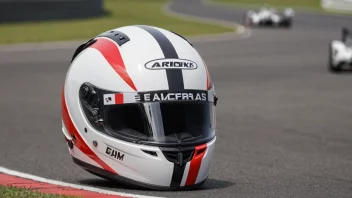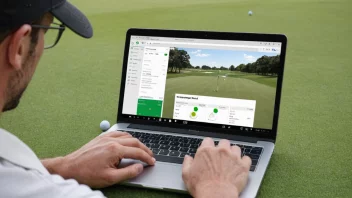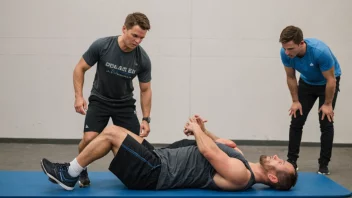Running is a popular and accessible form of exercise enjoyed by many people worldwide. However, many runners may not realize the crucial role that biomechanics plays in enhancing running efficiency and minimizing the risk of injury. In this article, we will address some common questions about biomechanics and its impact on running performance.
What is biomechanics and how does it relate to running?
Biomechanics is the study of the mechanical laws relating to the movement or structure of living organisms. In the context of running, it examines how the body moves and the forces involved in each stride. This understanding can help runners improve their form, efficiency, and overall performance.
How can understanding biomechanics improve running efficiency?
By analyzing running biomechanics, athletes can identify inefficient movement patterns and make adjustments to their strides, posture, and foot strike. This can lead to:
- Reduced energy expenditure
- Improved speed and endurance
- Lower risk of injury due to better alignment and movement
What are the key biomechanical factors affecting running performance?
Several factors contribute to effective running biomechanics, including:
- Foot Strike: The point of contact between the foot and the ground can influence running efficiency. Proper foot strike (heel, midfoot, or forefoot) can reduce impact forces and improve energy transfer.
- Stride Length and Frequency: Maintaining an optimal balance between stride length and frequency can help maximize running efficiency. Too long or too short strides can lead to increased energy consumption.
- Body Alignment: Proper alignment of the head, shoulders, hips, and knees during running can reduce unnecessary movements and energy loss.
What role does strength training play in running biomechanics?
Strength training is essential for improving running biomechanics. Strengthening key muscle groups, particularly the core, hips, and legs, can enhance stability and control during running. This leads to:
- Improved posture
- Better shock absorption
- Enhanced propulsion
How can I assess my running biomechanics?
To assess your running biomechanics, consider the following methods:
- Video Analysis: Recording your running form can help you identify any inefficiencies or irregularities in your gait.
- Professional Assessment: Consulting with a coach or sports physiotherapist can provide personalized insights into your biomechanics and suggest specific improvements.
- Wearable Technology: Devices such as running watches and apps can track running metrics and provide data on stride length, cadence, and ground contact time.
What common injuries are linked to poor biomechanics in running?
Many running injuries can be attributed to biomechanical issues, including:
- Runner's Knee: Caused by improper tracking of the kneecap due to poor alignment.
- Shin Splints: Often linked to overstriding or inadequate foot strike.
- Plantar Fasciitis: Associated with tight calf muscles and poor foot mechanics.
What are some tips for improving my running biomechanics?
To enhance your running biomechanics, consider the following tips:
- Focus on maintaining an upright posture while running.
- Engage your core muscles to support your spine and pelvis.
- Practice drills that promote proper foot strike and cadence.
- Incorporate strength training and flexibility exercises into your routine.
How does footwear affect running biomechanics?
Your choice of footwear can significantly impact biomechanics. Wearing shoes that provide the right support and cushioning for your foot type can help improve your running form and reduce injury risk. Consider consulting with a specialist to find the best shoe for your biomechanics.
Can I improve my biomechanics over time?
Yes, with consistent practice and dedication, it's possible to improve your running biomechanics. Focus on gradual changes, listen to your body, and seek guidance from professionals when necessary.
